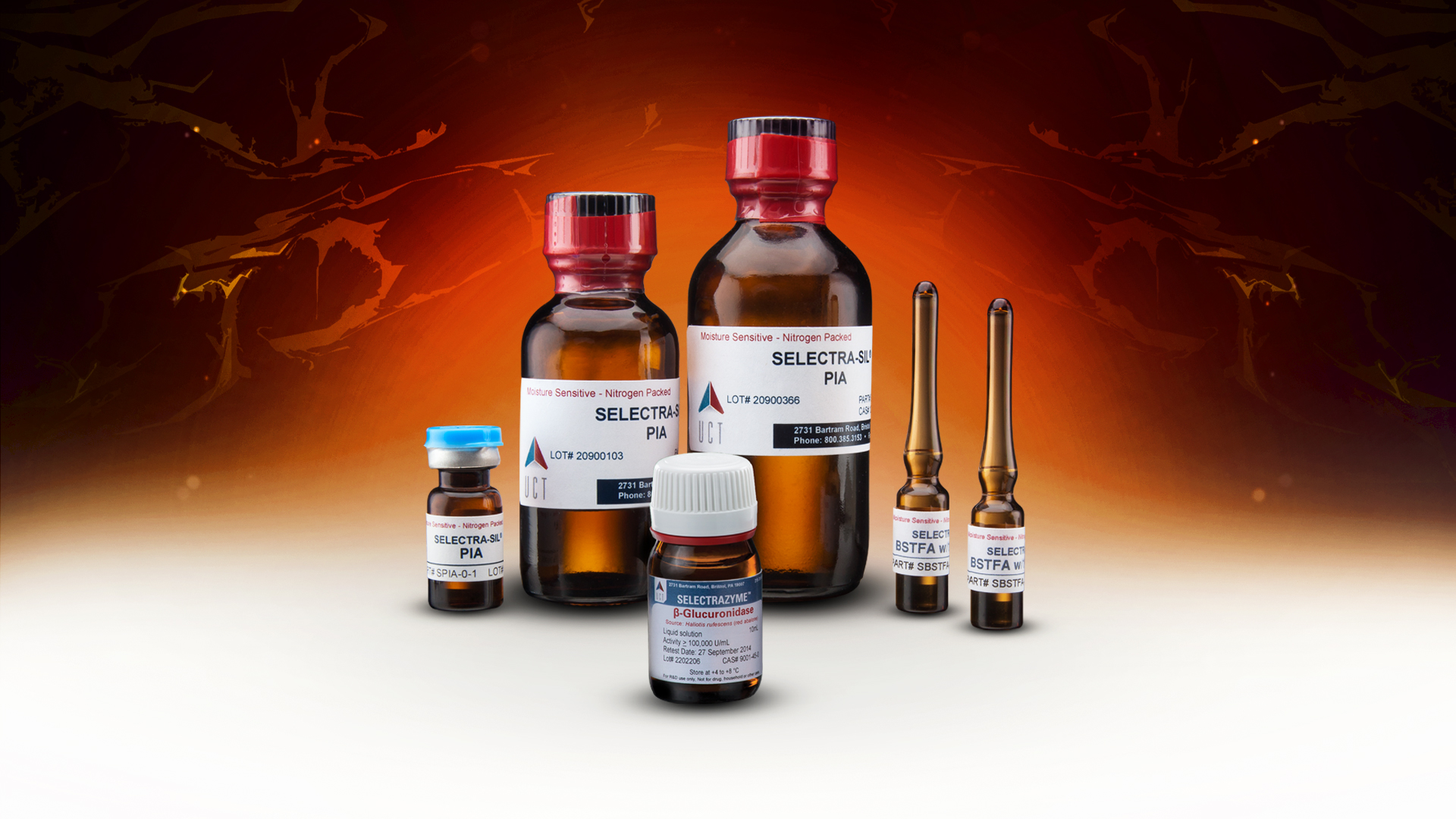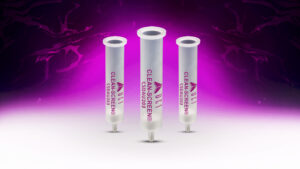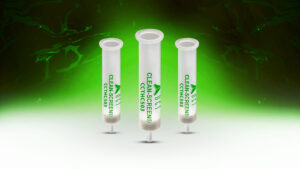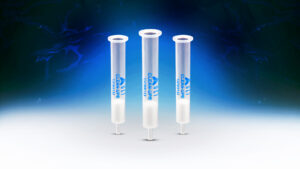UCT MSTFA Derivatizing Reagent Cited in Archaeological Study
The determination of original source of use-related residues on prehistoric stone tools is especially challenging, due to issues related to preservation, contamination and multiple source residue the contributions. To increase confidence in this process, an analytical workflow was developed by Susan Luoing et al., published in Analytical Methods (2017, 9, 4349) which included a sampling strategy that retains spatial information of the recovered residues and enables monitoring of environmental contamination; and a sensitive and selective gas chromatography-tandem mass spectrometry (GC-MS/ MS) procedure to quantify non-volatile low molecular weight lipids on stone artefacts. Representative aliquots were spiked with internal standards. After extraction of the lipids and evaporation of the extracts, the samples were derivatized with UCT’s MSTFA (N-Methyl-N-trimethylsilyltrifluoroacetamide) containing 1%TCMS (1% trimethylchlorosilane) silylation reagent.
This validated methodology workflow was applied to 14 stone artefacts excavated from deposits at Liang Bua, a limestone cave on the Indonesian island of Flores. These artifacts range in age between 14,000 and 1,000 years old, and were preliminarily classified as either potentially showing traces of use (n=7) or not (n =7) using low magnification microscopy. The trimethylsilyl derivatives of 40 saturated fatty acids, sterols, di- and tri-terpenoids and their analogues were quantified using optimized multiple reaction monitoring (MRM) transitions.
Analysis of the samples showed that six of the potentially used artifacts contained sterols, phytosterols and terpenoids, either individually or in combination, whereas none of these compounds was commonly found on the seven artefacts preliminarily classified as unused. This suggests that these six artifacts may have been used as implements to process resources and provide scope for further investigation. This workflow can also be adapted for the analysis of other archaeological objects. This study shows that when scientists working in areas such as archeology require the highest quality silylating reagents, they turn to UCT as their first choice. For more information regarding UCT’s derivatizing reagents please visit https://sampleprep.unitedchem.com/products/reagents/selectra-sil.







